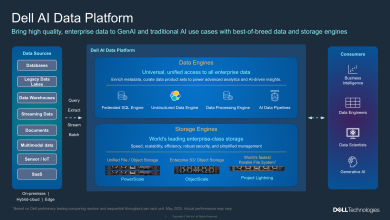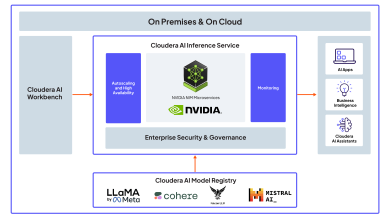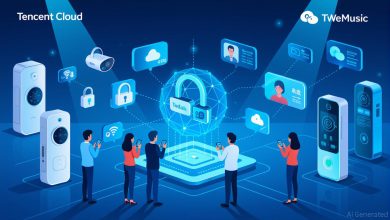Google Cloud Launches New Data Cloud Innovations to Help Customers Embrace AI-Driven Future
Making It Easier to Build Intelligent Generative AI Apps with Game-Changing Capabilities and Features
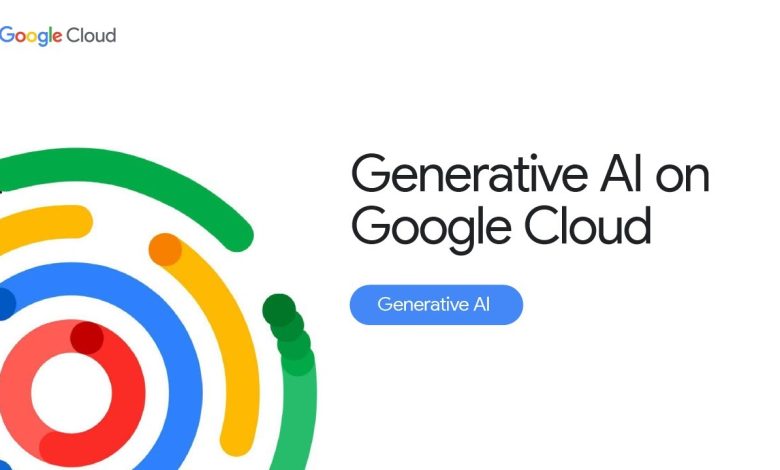
Google Cloud has announced a slew of new data cloud innovations to help customers accelerate their Artificial Intelligence (AI) adoption and build enterprise AI apps that are accurate, relevant, and grounded in enterprise truth.
Powering the Next Generation of Intelligent Applications with Spanner Graph
Spanner Graph is Google Cloud’s new groundbreaking offering that unites purpose-built graph database capabilities with Spanner, our always-on, globally consistent, and virtually unlimited-scale database.
Now available in Google Cloud in Preview, Spanner Graph gives customers the ability to scale beyond trillions of edges while offering industry-leading availability and consistency and is a great solution for even the most mission-critical graph applications. In particular, Spanner’s transparent sharding can scale elastically to very large data sets and can use massively parallel query processing without any intervention on your part.
Spanner Graph is also deeply integrated with Vertex AI, Google Cloud’s fully managed, unified AI development platform. This enables customers to directly access Vertex AI’s extensive suite of predictive and generative models through the Spanner Graph schema and query, streamlining your AI workflow.
For example, you can generate text embeddings for graph nodes and edges using LLMs, enriching your graph with the results, and then you can use vector search to retrieve from your graph in the semantic space.
Spanner Graph opens up a realm of possibilities for customers including:
- Product recommendations. Spanner Graph models the complex relationships between users, products, and preferences to build a knowledge graph rich with context. Combining fast graph traversal with full-text search, you can make product recommendations based on user queries, purchase history, and preferences, as well as similarities to other users.
- Financial fraud detection. Spanner Graph’s natural representation of financial entities like accounts, transactions, and individuals makes it easier to identify suspicious connections. Vector search reveals similar patterns and anomalies in the embedding space. By combining these technologies, financial institutions can quickly and accurately identify potential threats, minimising financial losses.
- Social networks. Spanner Graph intuitively models individuals, groups, interests, and interactions even in the largest social networks. It enables efficient discovery of patterns such as mutual friends, shared interests, or overlapping group memberships for personalized recommendations. The integrated full-text search lets users use natural language queries to easily find people, groups, posts, or specific topics.
- Gaming. Game worlds can be naturally represented as entities like players, characters, items, and locations, and the relationships between them. Spanner Graph enables efficient traversal of connections, which is essential for game mechanics like pathfinding, inventory management, and social interactions. Additionally, Spanner Graph’s scalability and global consistency guarantees a seamless and equitable experience for all players, even during peak usage.
- Network security. Understanding the interdependencies between devices, users, and events across time is essential for identifying patterns and anomalies. With Spanner Graph relational and graph interoperability, security professionals can use graph capabilities to trace the origins of attacks, assess the impact of security breaches, and correlate these findings with temporal trends for proactive threat detection and mitigation.
- GraphRAG. Spanner Graph takes Retrieval Augmented Generation (RAG) to the next level by grounding foundation models with a knowledge graph. In addition, the fusion of graph and tabular data in Spanner Graph enriches your AI applications with contextual information beyond what either format could represent alone. With unmatched scalability, it can accommodate even the largest knowledge graphs. Built-in vector search and Vertex AI integration streamline your GenAI workflows.
Full-Text Search and Vector Search in Google Cloud’s Spanner
Keyword search and semantic search are also important building blocks for AI apps. In line with this, Google Cloud is announcing full-text search and vector search in Spanner. The new full-text search feature builds on Google’s decades of expertise in search and delivers highly scalable advanced full-text search.
Spanner’s new approximate nearest neighbour vector search is based on Google’s innovative ScaNN algorithm, which Google first brought to AlloyDB and now Spanner. With it, you can now index and search vector embeddings to power AI-driven semantic search. With Spanner Graph, full-text search and vector search, Google Cloud has evolved Spanner from not only being the most available, globally consistent and scalable database, to a multi-model database with intelligent capabilities that seamlessly interoperate to enable you to deliver a new class of AI-enabled applications.
With dual-region configurations in Spanner launched two weeks ago, customers can take advantage of Spanner’s industry-leading 99.999% availability while complying with data residency requirements in Australia, Germany, India, and Japan. Spanner’s geo-partitioning enables you to retain the manageability of your single, global database while optimising your costs and improving latency for your users who are distributed around the globe.
To choose the Spanner capabilities that best meets their needs and budget, Google Cloud is also launching Spanner editions—available in Standard, Enterprise, and Enterprise Plus editions. This new pricing model will improve transparency by moving to a per server billing model and decoupling compute and network replication costs.
Introducing Gemini Data Agents for Enhanced Productivity
To help customers accelerate their multimodal, multi-engine, and multi-cloud data-to-AI journey, Google Cloud is also infusing gen AI capabilities into its data cloud offering and maturing its gen AI capabilities to general availability.
Gemini in BigQuery Now Generally Available
Gemini in BigQuery delivers AI-powered experiences such as data preparation, exploration and analysis, governance and security throughout the data journey, as well as intelligent recommendations to enhance user productivity and optimise costs.
Google Cloud is now maturing the capabilities announced in Preview at Next’ 24, with Gemini in BigQuery features now moving to general availability, including code assistance for SQL and Python, data canvas, as well as partitioning and clustering recommendations.
Indonesian FinTech provider Julo uses Gemini in BigQuery to help boost their efficiency when making SQL templates, delivering a better workflow.
“Gemini in BigQuery has transformed our query generation process. The integration into BigQuery makes it easy to generate SQL templates and has helped boost the efficiency of our label and feature engineering, including crucial Machine Learning model-monitoring queries. Gemini’s ability to understand complex data structures and deliver accurate queries has made our workflow smoother and faster than ever,” said Martijn Wieriks, Chief Data Officer, Julo
Wunderkind, a global performance marketing solution, uses data canvas with Gemini in BigQuery for investigation and exploration to help simplify visibility into queries, saving time and capacity of the data team.
“For any sort of investigation or exploratory exercise you know will result in multiple queries, there really is no replacement. It’s saved us so much time and mental capacity,” Scott Schaen, VP of Analytics at Wunderkind.
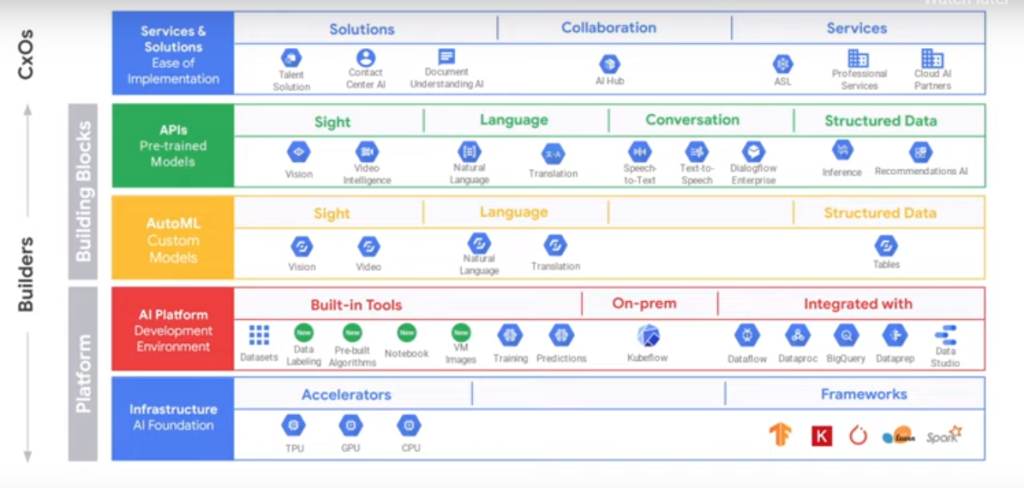
Gemini in Looker Now in Preview
With Gemini in Looker capabilities such as formula assist and slide generation now available in preview in Google Cloud, information workers can chat with their data. Now you can create calculated fields on the fly without having to remember complicated formulas. Automatic slide generation creates impactful presentations with insightful text summaries of your data.
“Switching to BigQuery has transformed our ability to access, understand, and use data at Veo. With its direct integration into other Google Cloud solutions, we get greater accessibility and faster insights, unlocking significant impact and enablement across our organization. Even non-technical team members feel comfortable using BigQuery to run ad-hoc analyses themselves, freeing up time for our analytics team to work on high-value projects,” Max Schuman, Senior Data Scientist at Veo
Macquarie Bank is co-innovating with Google Cloud on the next wave of digital banking services for their customers in Australia. By unifying all of their data, they have made it easier to connect with the latest AI technologies—including gen AI—to enable scale and build new ways for customers to interact with its financial services.
“Deutsche Telekom built a horizontally scalable data platform in an innovative way that was designed to meet our current and future business needs. With BigQuery at the centre of our enterprise’s One Data Ecosystem, we created a unified approach to maintain a single source of truth while fostering decentralised usage of data across all of our data teams,” Ashutosh Mishra, VP of Data Architecture at Deutsche Telekom.


